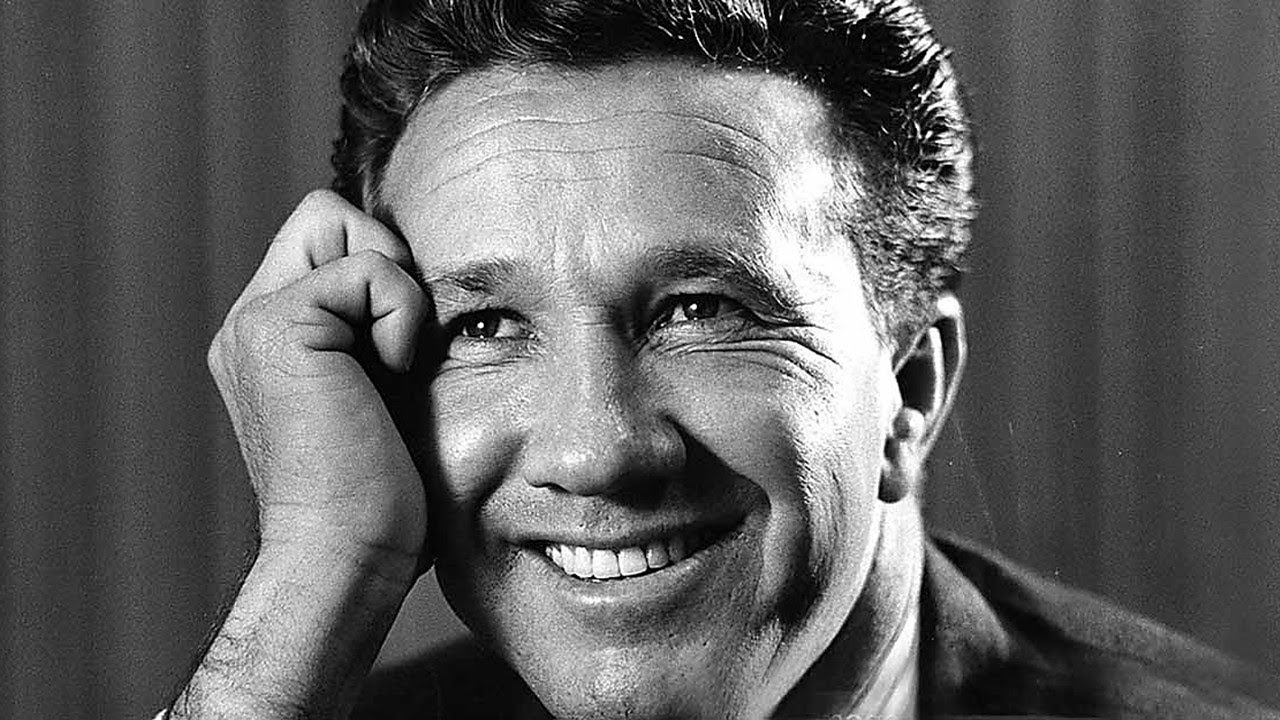
A Journey Through the Desolate Heart of the West
“Saddle Tramp” by Marty Robbins is a poignant ballad that takes listeners on a reflective journey through the vast, untamed landscapes of the American West. Released as part of his 1966 album “The Drifter,” this song encapsulates the spirit of wandering and solitude that often accompanies the life of a cowboy. Although it did not achieve significant commercial success in terms of chart positions, “Saddle Tramp” holds a cherished place in the hearts of country and western music aficionados, particularly those who find themselves yearning for a time when life was simpler and more connected to the land.
The Story Behind “Saddle Tramp”
The mid-1960s were a transformative period for Marty Robbins, an artist renowned for his ability to weave narrative and melody into evocative tales of love, loss, and adventure. By the time he penned “Saddle Tramp,” Robbins was already a celebrated figure in country music, known for hits like “El Paso” and “Big Iron.” Yet, with “Saddle Tramp,” he delved deeper into the psyche of the lone wanderer—a character emblematic of not only western folklore but also Robbins’ own artistic ethos.
In crafting “Saddle Tramp,” Robbins drew inspiration from his childhood in the Arizona desert, where stories of cowboys and outlaws were as much a part of the landscape as the cacti and canyons. This personal connection to the setting infuses the song with an authenticity that resonates with listeners who share a nostalgic longing for open skies and endless trails.
Themes and Meaning
At its core, “Saddle Tramp” is a meditation on isolation and resilience. The titular saddle tramp is a figure caught between worlds—forever moving yet never truly belonging. This sense of perpetual motion is captured through Robbins’ masterful storytelling and evocative lyrics, which paint vivid pictures of dusty trails and campfires flickering under starlit skies.
The song’s protagonist is both a romanticized hero and a tragic figure, embodying the quintessential cowboy archetype: independent, rugged, yet burdened by loneliness. As Robbins’ warm baritone voice delivers lines filled with both wistfulness and resolve, one cannot help but be transported to that bygone era where men like these roamed freely across vast expanses, seeking solace in their solitude.
Musical Composition
Musically, “Saddle Tramp” features Robbins’ signature blend of traditional country sounds with subtle elements of western swing. The arrangement is sparse yet effective, allowing Robbins’ vocals to take center stage. Acoustic guitars strum gently alongside soft percussion, creating a backdrop that mirrors the song’s themes of simplicity and endurance.
Legacy and Reflection
Though it may not have topped charts or received widespread radio play upon its release, “Saddle Tramp” endures as a testament to Marty Robbins’ storytelling prowess and his deep connection to western heritage. For older listeners, particularly those who lived through or are nostalgic for an era when cowboys were cultural icons, the song serves as both a reminder and an elegy—celebrating a lifestyle that has largely faded into history.
Listening to “Saddle Tramp” today invites reflection on one’s own journey through life: the paths chosen, the roads yet traveled, and the enduring quest for meaning amidst uncertainty. As we age, such themes grow ever more resonant, offering comfort in shared experiences and universal truths.
In conclusion, Marty Robbins’ “Saddle Tramp” is more than just a song; it is an evocative piece of musical storytelling that captures the essence of what it means to wander through life’s wilderness. Its haunting melody and rich narrative continue to evoke powerful emotions, ensuring its place as a timeless classic in the annals of country music history.